Kölsch: "I have this obsession with instruments that don’t sound very good. They have more soul than glitzy, modern-sounding VSTs"
Danish house and techno artist Kölsch’s latest album, I Talk To Water, incorporates recordings by his late musician father and explores the emotional weight of grief. We found out more about its conception…
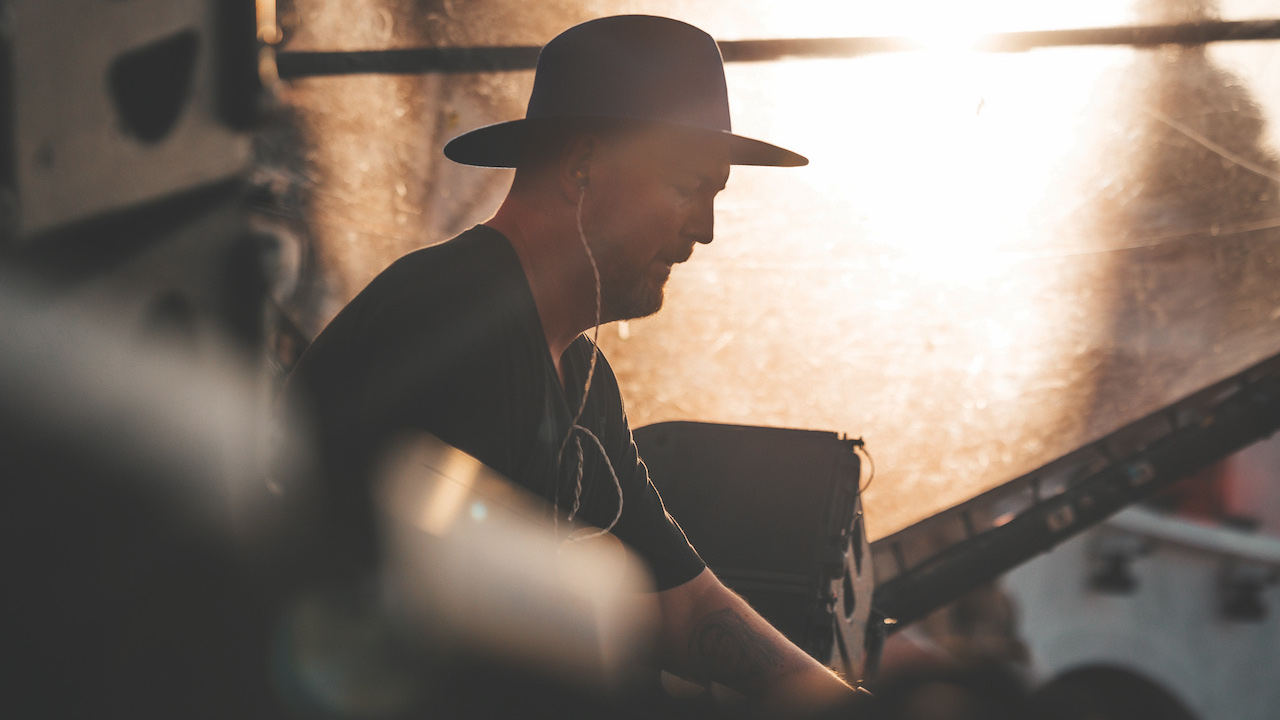
It’s something that, at some point in our lives, we all must sadly face. The death of a loved one – particularly a parent – can be a life-defining, emotionally crippling moment.
For Danish techno monolith Kölsch, the loss of his father, Patrick Reilly, some 20 years ago, still loomed large internally. On his latest record, I Talk To Water, Kölsch (aka, Rune Reilly Kølsch) took audio recordings of his father, a sometime musician and guitar player, and built new electronic arrangements around these starting points.
We caught up with Rune to learn more about this intriguing process, and just what motivated the making of his fifth, and most arresting, record to date.
“Well, from a broader point of view the album process started basically 20 years ago when my father passed away,” explains Rune. “He was a musician and songwriter but he never released any music. He worked with drug addicts for 25 years and decided that that was his way of life, but nevertheless he’d play his guitar pretty much every day.
“I was into more modern music and he’d often come crashing into my room and start playing his guitar over anything that was on my stereo – it was pretty annoying at the time but in retrospect, quite funny.”
Following Patrick’s death, Rune avoided listening to anything his father had recorded. “It was quite sore and sensitive for me. During COVID, I finally mustered up the courage to go through his work, and some of it was recorded on MiniDisc and was usable, but some of it was broken. I found a few beautiful pieces, three of which ended up on the album.”

Where it began
Wallowing in these old MiniDisc recordings became a comfort to Rune, and creatively inspired the thematic thrust of his fifth album. “Initially I was going to put together an EP that was just him,” Rune says. “I thought it was a nice idea to release his first recorded work 20 years after his death!
Want all the hottest music and gear news, reviews, deals, features and more, direct to your inbox? Sign up here.
It’s not about loss as such, but about how to deal with grief over two decades
“At the same time, it became a bit silly – realistically nobody would have cared. It would have been a good story, but only for me. I decided to make it a sort of collaborative effort. I thought I could take his music into a different dimension and meld it with what I’d been working on for the last few decades.”
The making of I Talk To Water spanned the next few years. “It was a long process, I discarded at least 12 or 13 tracks in the process that were not good enough. I’d say it started to really get going around 2019 and then dipped during COVID. Then after that it took a while to get finished. All the tracks are pretty much about the whole situation.
“I think it’s important to stress that the album is not an album about loss as such, but it’s more an album about how to deal with grief over two decades. It’s a retrospective on how I dealt with it. It’s not necessarily a negative thing. There’s a lot of power in grief, there’s a lot of energy that you can use as a human being. This is my way of showing what it did for me, if you will.”
Amid interlocking synths, throbbing grooves and pulsing undercurrents, that trio of tracks – Grape, Tell Me and It Ends Where It Began – heavily foreground the found recordings of Patrick’s voice and guitar playing, with the latter track (the album’s closer) hardly featuring Rune at all. “There’s a bit of modular synth going on in the background, but I liked the idea of letting him end the album.
“Funny story, It Ends Where It Began was first recorded in the living room of my first apartment, where I lived when I was like 18 or 19. I was working on an album back then, and he recorded that piece to be a part of that album. I guess that was around 1997 or something. That album never happened, but I love the fact that all these years later, I could use that recording.”
The track Tell Me was built from one of his father’s more complete songs. Discovering the original recording during lockdown, Rune was bowled over by his late dad’s songwriting talents. “That’s something he wrote, which really impressed me. Obviously he was inspired by Bruce Springsteen and loads of these types of songwriters. I appreciate his talents a lot more listening back, that I never really acknowledged when I was a teenager.”
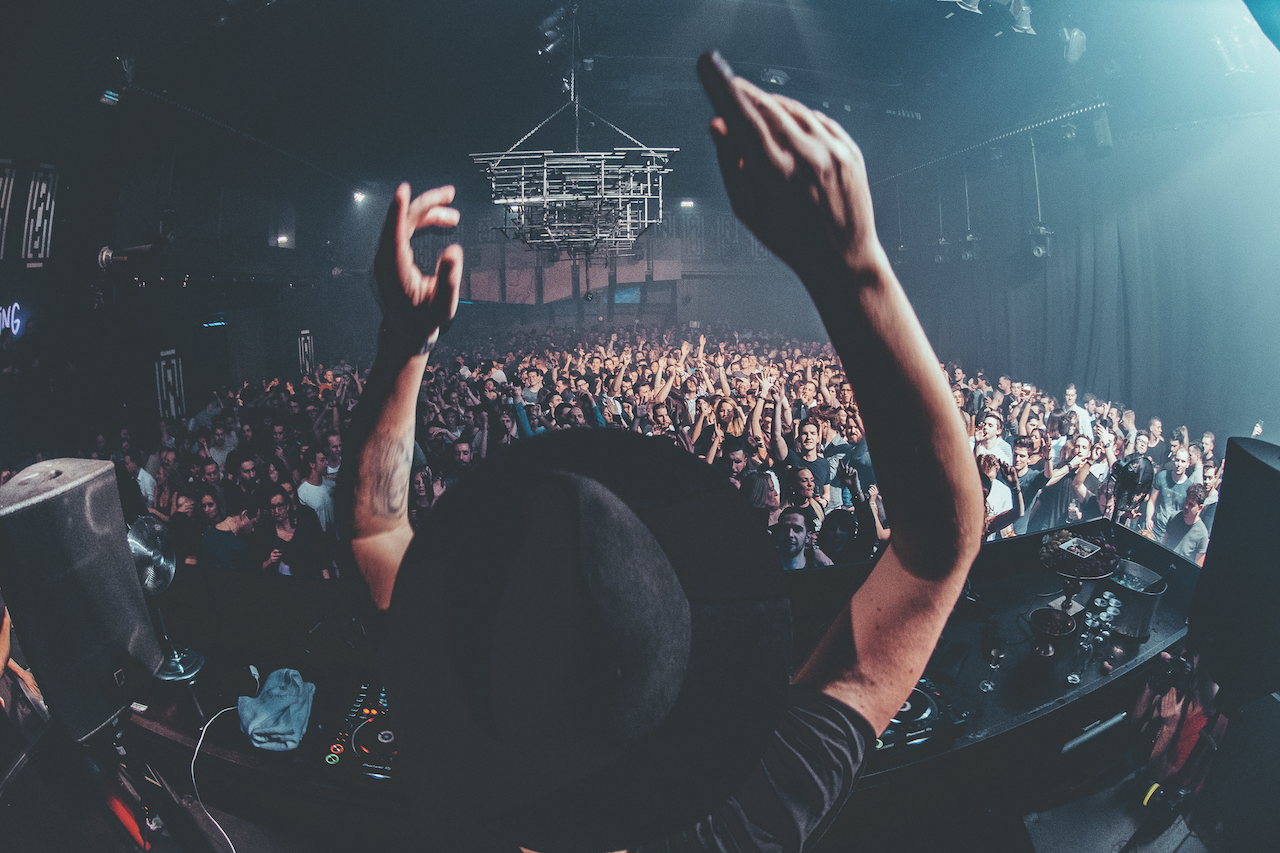
Jane’s addition
Notably, the title track of the album features guest vocals from one Perry Farrell – the iconic frontman of rock legends Jane’s Addiction. The powerhouse vocalist is an arresting presence on the ethereal track. We ask Rune how this collaboration came to be? “Perry and I connected a while back, we were in Denver. I didn’t know at the time, but Perry was getting quite into electronic music and still is, he’s doing amazing stuff. But, I wasn’t aware of it.
“I ended up chatting to his manager and his team and learned that he really was a fan of my work. We had a chat over Zoom and had a long conversation about the connection between water and loss. He had experienced something very similar as an old friend of his had passed.
“His friend was a surfer and was always in the water, Perry is a surfer too. My father was cremated and poured into the water. There was something very binding there, and we had a long conversation about these things. He’s an incredible guy, very philosophical and very intelligent. A very thoughtful guy. So, we decided to make this track together which was a great experience.”
Figuring out what tools to use to wrangle such an impactful vocal in the mix was tricky. “Because Perry has such a powerful voice, I had problems making it sit in the mix as a pure recording when it came over. It kind of overpowered the whole thing. I had to EQ it a lot, compress it a lot, make it sit a bit differently. I dirtied up the vocal a little bit to make it sound more akin to my kind of production. We had a bit of back and forth to get that right.”
Aside from Farrell’s dominant vocal, the title track’s kick and bass impacts with a considerable thud. It’s a similar story elsewhere on the record, with the low end of Dreams and Pet Sound similarly bone-shaking.
We ask Kölsch to talk us through how he makes his low end sound both kinetic and forceful. “It’s one of the things that I’m really focused on making different. A lot of people tune their low end to be in the same key as the bassline, that seems to make sense in terms of getting a mix that gels well together. I tend to tune my kick under the bassline.
“It’s a technique I started and developed when I made my biggest record, Grey. The click from the kick would sit under the low-end tail of the bassline. The reason I decided to do this is because it kind of opens up the track even more. There’s a classic technique used by disco producers, it’s also very prominent in Chic records, where they would divide the chord notes over different instruments to make the record sound bigger.
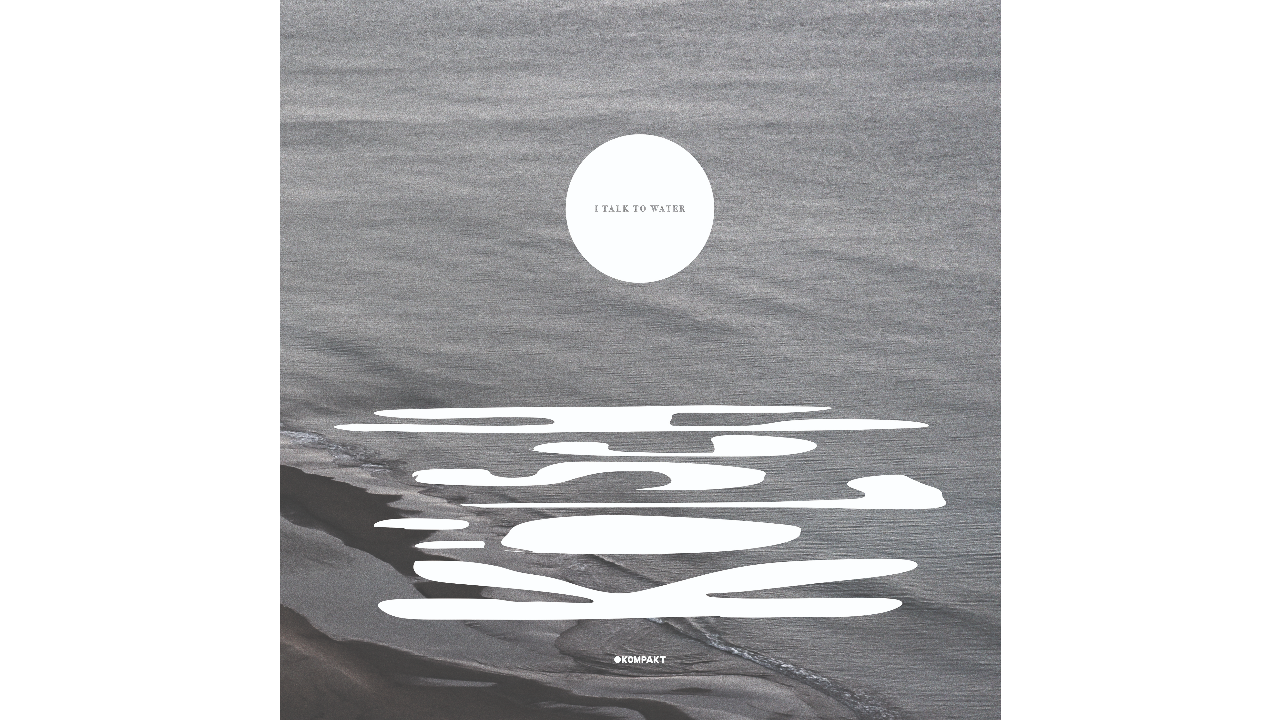
“It was an important technique to use at the time, as they didn’t have the technology that we do now. It’s similar to my thinking with the low end. If you’re listening to one of my tracks on a phone, you’ll still hear the click of the kick drum and the bassline as separate components, on a bigger system you get that low-end rumble afterwards. I like it because it’s a different approach. I guess everybody else would mix the bass under the kick. I like to do it the other way round.
“It’s no secret at all,” Rune clarifies. “It’s essentially pitching down the kick drum to make it sit right but obviously still in key. Not in the same key as the note, but the same key as the record.”
The Kölsch kit
We ask Rune what instruments and tech became the cornerstone of this record? “I recently acquired this wonderful old hand-built SimpleSizer synthesizer that sounds pretty terrible – but that’s what I love about it!”
The SimpleSizer appears throughout the record in different guises, as does an old Lowrey organ originally given to him by his aunt. “I have this obsession with instruments that kind of don’t sound very good. It lends more soul than glitzy, modern-sounding VSTs [would]. That being said, they’re harder to mix for sure.”

Rune is keen to point out some of the benefits of hardware over software, before telling us that his workflow is primarily in the box. “I have this old Vitalizer from SPL and an old V6 rotary mixer from Allen & Heath, and a few different distortion pedals and reverbs.
“With hardware I can create something unique-sounding, as opposed to what VSTs offer you these days. There’s a lot of plugins that do sound exactly the same, I get the feeling a lot of people are just using the same sample packs a great deal.”
But really, the Kölsch universe is assembled in the box; “Ableton Live is the hub of everything I do. I started producing on Protracker on Amiga back in 1993. It had four glamorous mono tracks that you could use. I made this weird contraption that had RCA cables outputting to different speakers so I could make pseudo-stereo tracks. That’s where I started sampling records and getting into music production properly. I actually released two records using that setup which makes no sense at all to me.”
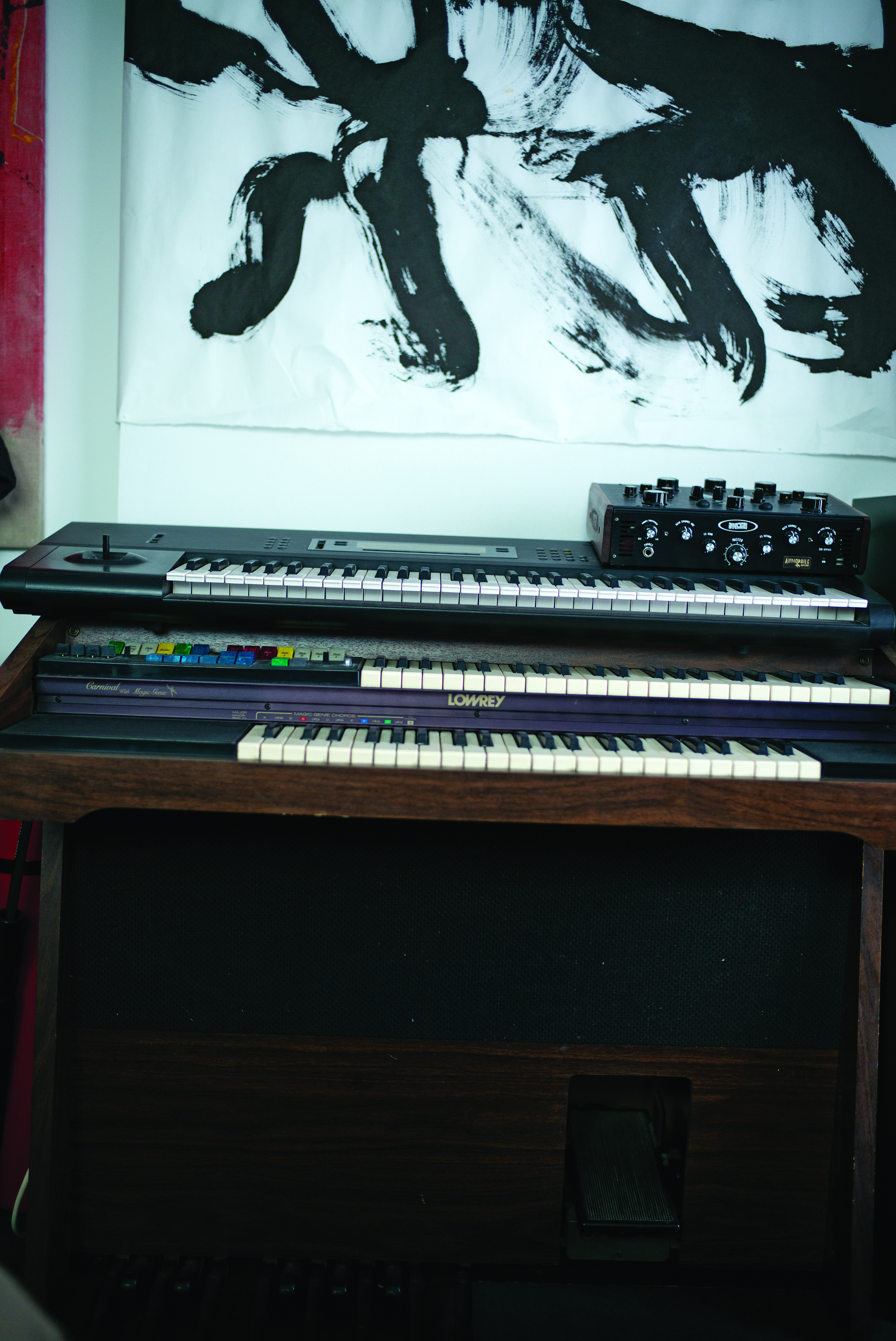
“I was always in the box because I couldn’t afford anything,” Rune recalls. “Realistically it was all out of necessity and nothing else. I then got a PC and started producing on that. I remember using the early tracker programs, then afterwards I started working in Logic for a little bit. I’d produce stems on the tracker, then build arrangements and mix in Logic.
“In around 2004, I switched to Ableton Live, and that’s where I still am to this day. I’ve loved using a lot of these Ableton Max for Live packs and old analogue sample packs. A lot of the time I’ll layer them with VSTs that I’ve used for years. I use Sylenth1 a great deal, but I’ll use separate waveforms and layer them to give more energy. A lot of older synth VSTs don’t have enough push as I want them to have.”
After some unsuccessful experiences with other DAWs, Rune sticks pretty much exclusively to the Ableton universe these days. “I found Ableton really easy to work with. It was fun all the time. Sometimes in Pro Tools or in Logic it becomes more of a chore to get things done!
“One of the things that really bothered me in Logic was to rearrange all the different plugins, you’d have to re-build the wh Ma for Live packs and old t move them around (you probably can now). You’d have to build the whole stack from the beginning. I like having happy accidents, which are great in a studio situation. That seemed harder to replicate and duplicate in Logic.”
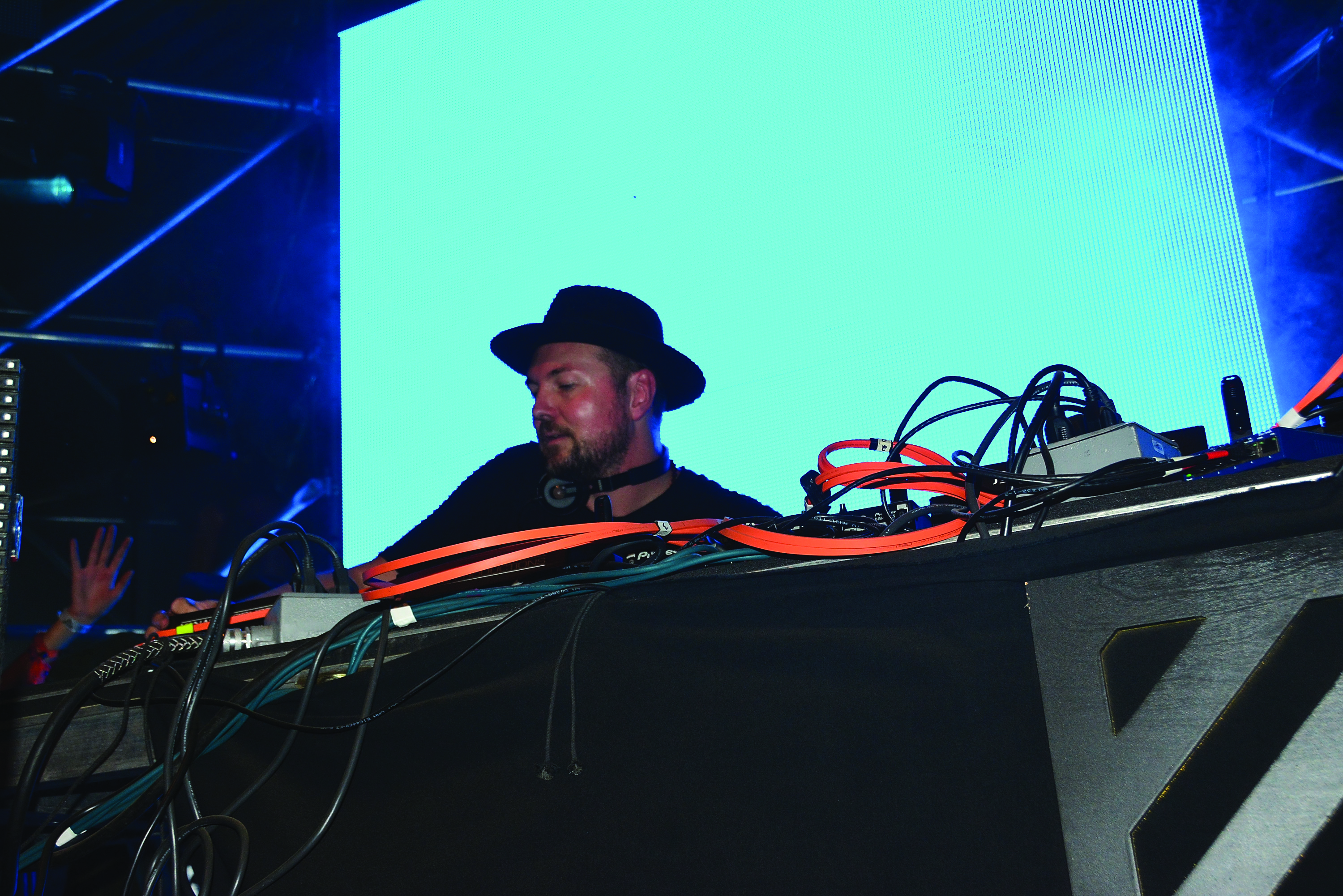
Father and son
In terms of the mixing process, Rune has a few saved chains that he tends to rely on across projects. “I have a few chains, and pretty much do the same thing each time. There’s EQ-ing, compression, and I still use a lot of sidechaining to keep the rhythm section lively, but there’s effects as well to let the music breathe.
“It’s one of the techniques I’ve kept at from the early 2000s pretty much. Then the limiting aspect, I tend to use Soundtoys plugins for that, they’re pretty fun. A lot of the core sounds are basically down to panning around the stereo image, I find that the most challenging.
“You don’t want to lose the mono aspect sometimes. If I’m testing tracks out, I might run it through one of my mastering chains which features iZotope’s Ozone and an EQ and IK Multimedia’s T-RackS. It’s a bit trashy but it’s good. I tried one of iZotope’s AI mixing assistants, but it doesn’t really work for me. I think for some things it might work, but for me it dulled out a lot of things that I’d rather were un-dulled. So it didn’t work for me, sadly.”
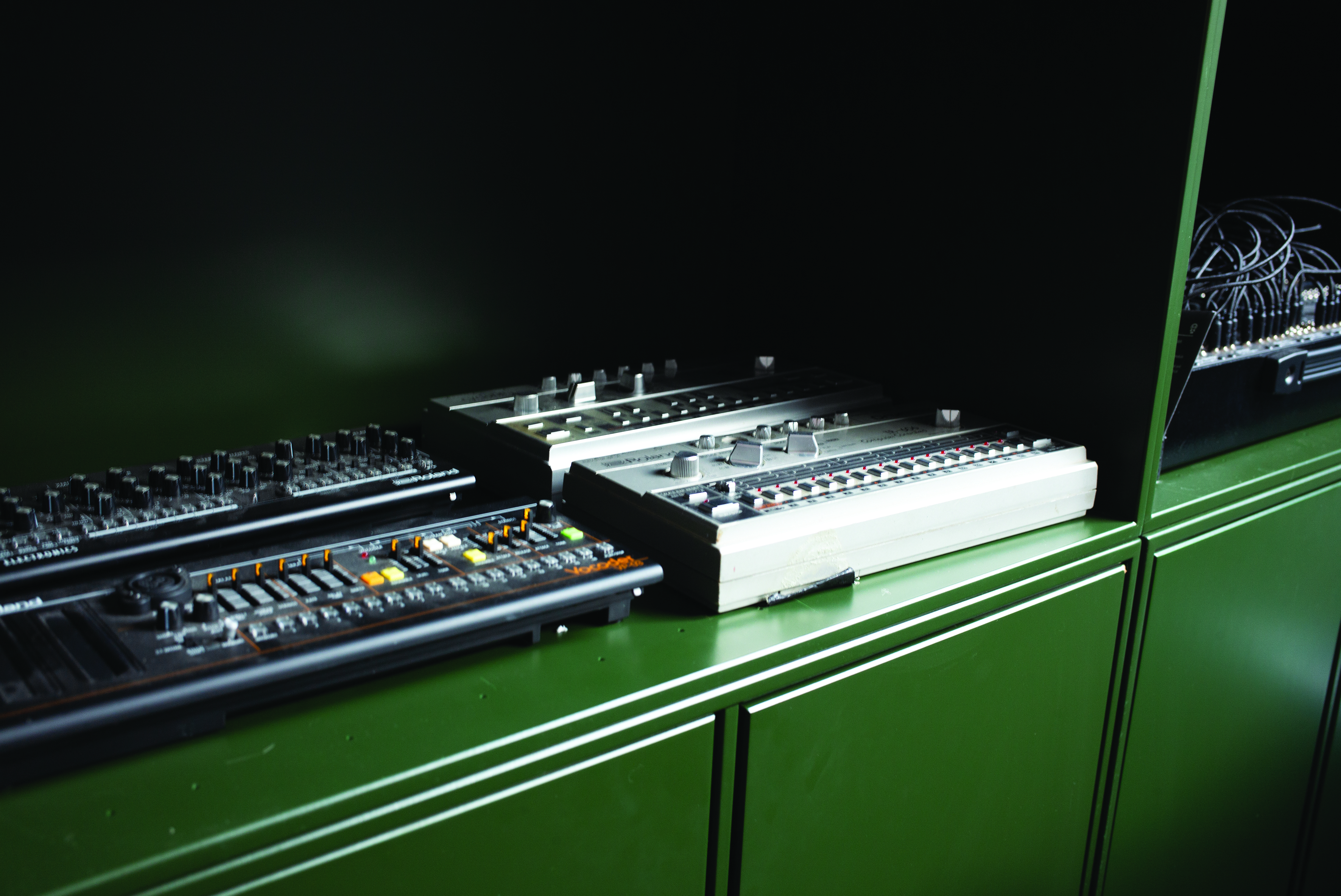
Rune stresses that the AI-assisted mix assistants are useful for those starting out in mixing. “They’re good starting points. In my case I applied it after I’d already mixed, so it wasn’t that much of a dramatic effect on that. It must be confusing to an AI if there’s already stuff in the chain. With mastering generally, I have done it myself before, but all in all I’m just happy to hand it off – after touring as a DJ my ears are absolutely trashed for weeks! I’m doing 150 shows a year, so there’s not always the time to get to work on mastering.”
From a musical standpoint, the track Tell Me had the most revisions. “I think I’ve got about 10 or 15 versions of Tell Me. It wasn’t from a technical standpoint, it was more from a musical point of view. I ventured into it with the idea that I wanted it to be a tribute to my father. Then a good friend of mine said ‘Look, you have to have you as well, it can’t just be him.’ I went back and re-did it a few times. It became overly dramatic, and quite Hans Zimmer-ish, I didn’t like that either because it became an angelic soundtrack thing. I went back and took a lot of that off again. It was trial and error until I eventually got there.”
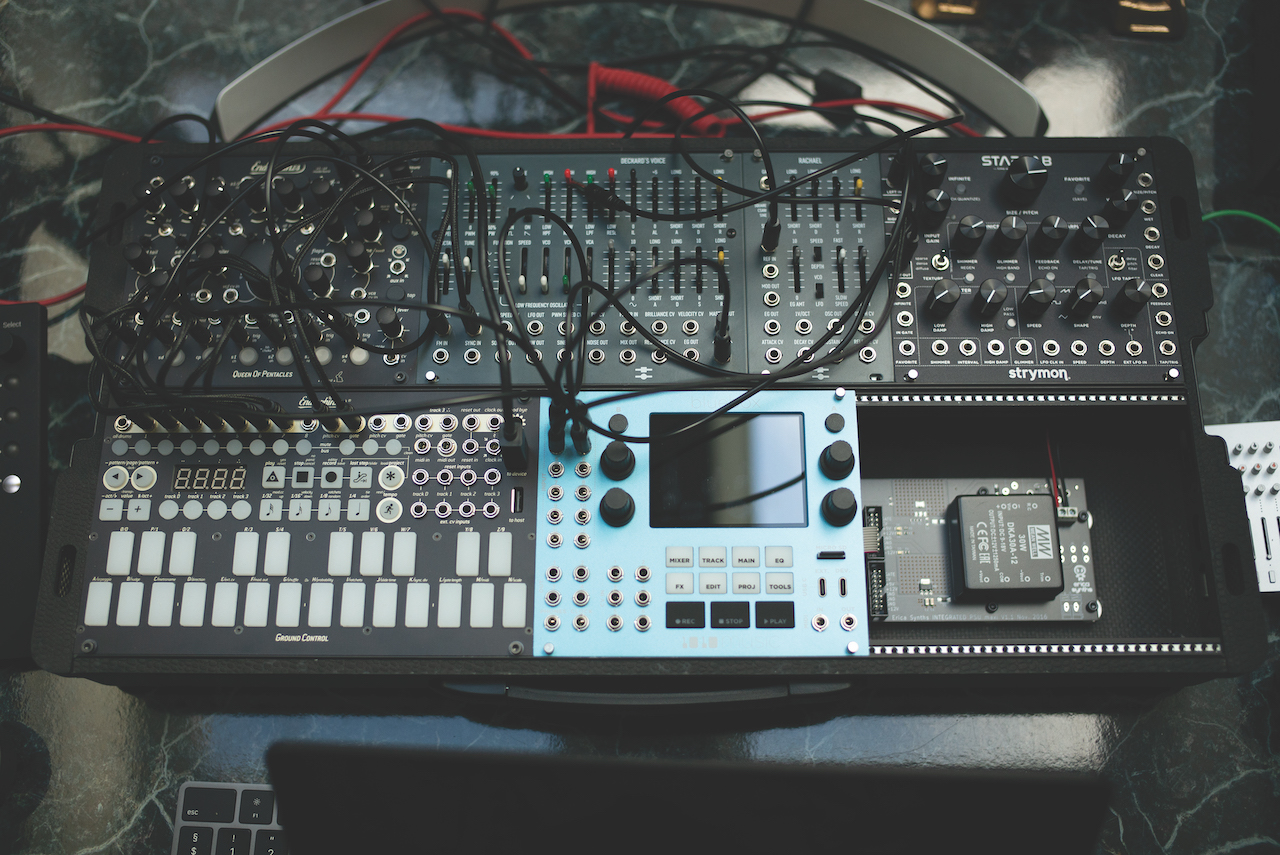
It ends where it began
With the album meeting a positive reception upon its release (available now from Kompakt) we wonder if Kölsch is eager to be performing it out into a live setting, and whether he prefers being in the studio, or on stage?
“Oh it varies, it’s like two interlinked things you know. My live sets are usually 80% my own material. I love the idea of being able to play something that I’ve just finished, perhaps in the car to the venue. I love how quick that can be. I used to always love that. You can make progressive music that can end up on the floor fairly quickly. I love being in the studio though.”
Rune tells us that for him, the creative process never stops – and even when immersed in conceptually-driven records like I Talk To Water, other tracks might emerge organically.
“A lot of times I’ll be making music pretty much weekly. I realised I was spending too much time on sites like Beatport or listening to promos, so I decided to just take that time and produce a record instead, then I’d have something to play. That record might actually never leave my sets but at least I’d have something exclusive that I could be sure that I liked. I would spend three hours a day trying to find tracks that I was into. It’s exceedingly hard to find unique music, let’s put it that way.”
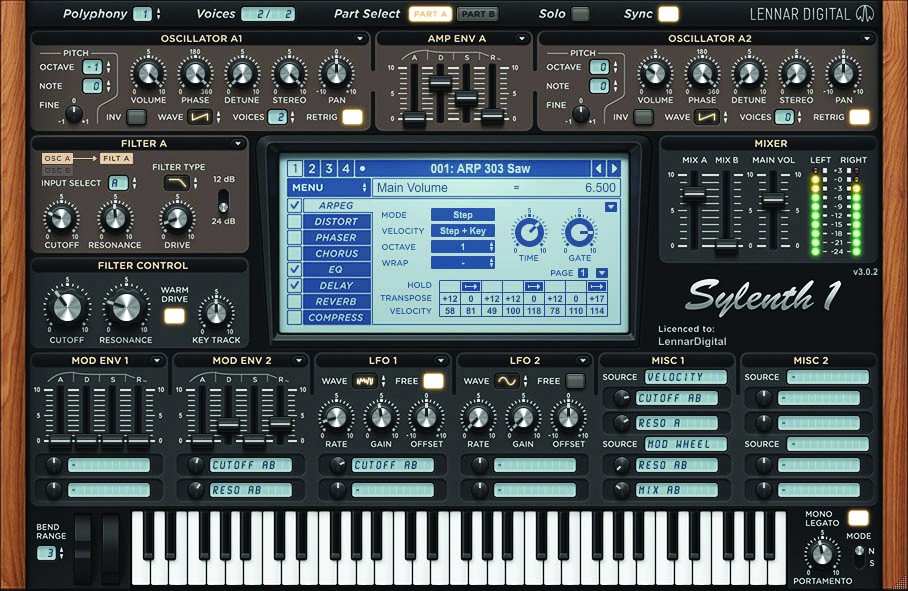
With his previous trilogy of LPs 1977, 1983 and 1989 racking up millions of streams, we ask if Rune analyses what elements make a track successful, or if he doesn’t let that success guide him. “I was in that game when I was younger in my life, I was making more records under a commercial alias and I realised it didn’t make me happy in any way. I’ve decided not to try and replicate successes.
“It becomes impossible. There’s nothing more depressing than trying to chase something that already happened. I think diversifying and just following what you feel in the moment is the right thing to do. Also, you wouldn’t be ahead of the curve if you just tried to replicate yourself the whole time.”
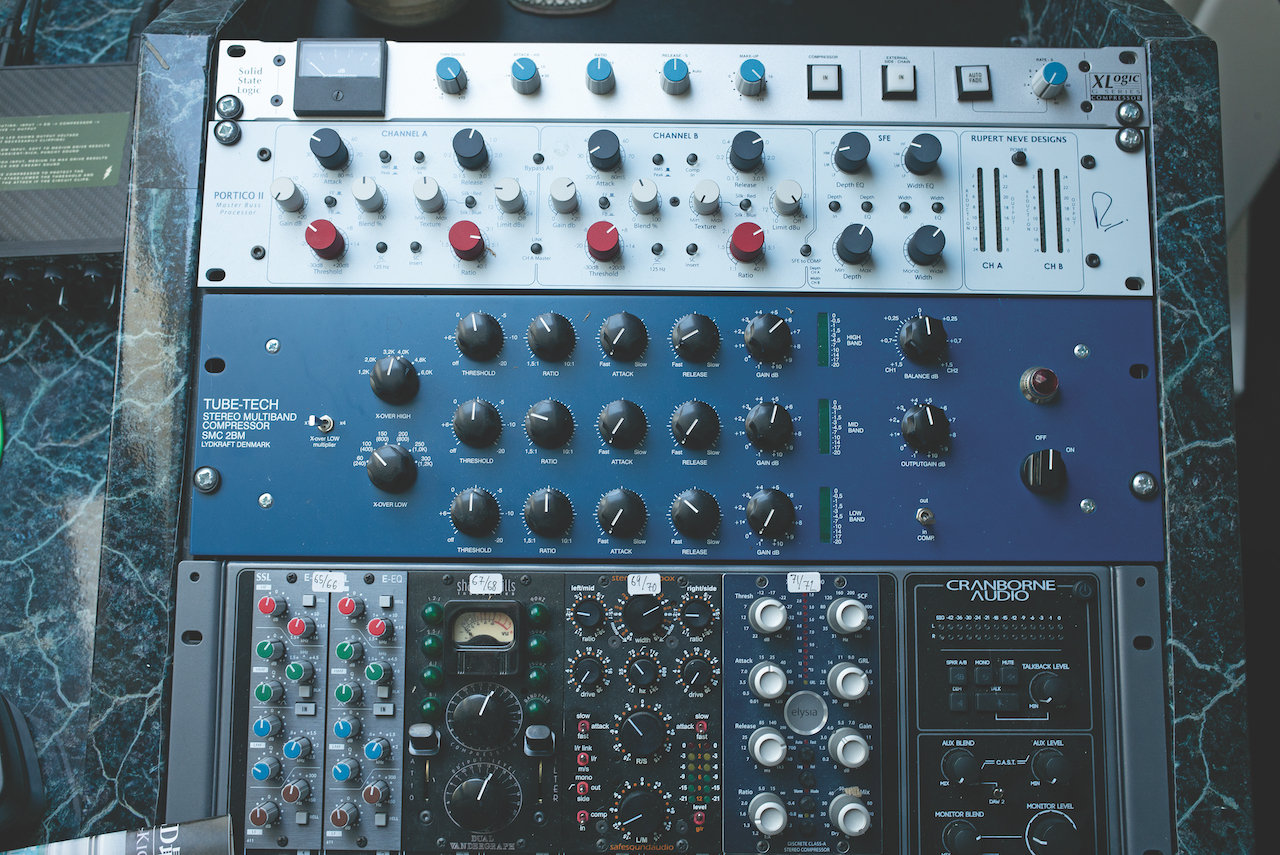
It Talks To Water is a uniquely personal work that will resonate with anyone who has suffered a personal loss, and beyond its core theme, the album’s lush and deep arrangements, instrumental textures and the multitudes of enthralling hooks, have found favour across the board.
“I’d say it’s the most vulnerable record I’ve ever made,” Kölsch explains. “All my records have been very personal, and that’s the beauty of electronic music. I guess that’s where electronic music and classical music tie together. When you have one specific composer making everything, and the emotional connection becomes that much stronger. Whereas with a band, different members have different levels of input, an individual can build it all, and transmit their emotions without words.”
Kölsch’s I Talk To Water is available now from Kompakt Records.


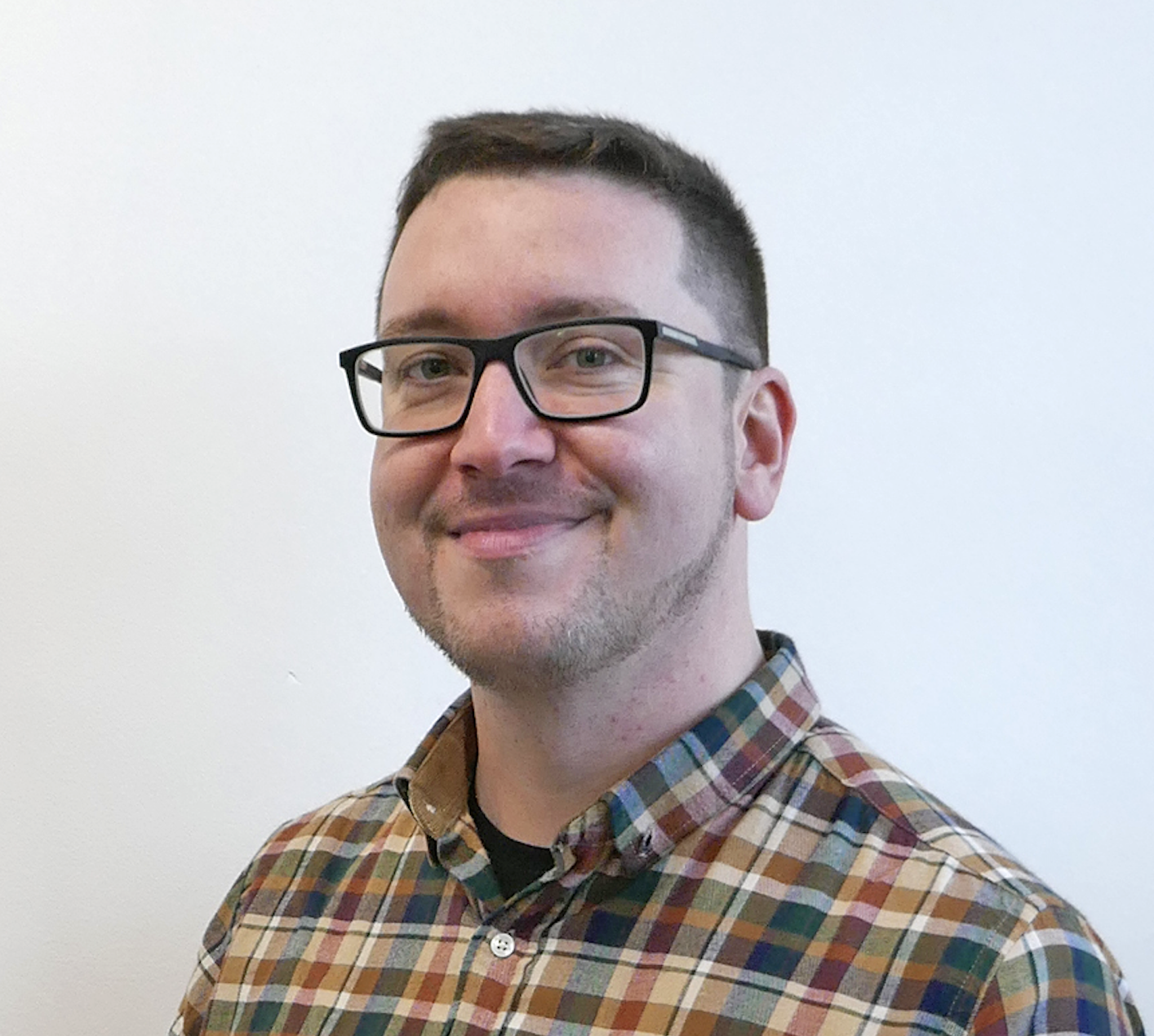
I'm Andy, the Music-Making Ed here at MusicRadar. My work explores both the inner-workings of how music is made, and frequently digs into the history and development of popular music.
Previously the editor of Computer Music, my career has included editing MusicTech magazine and website and writing about music-making and listening for titles such as NME, Classic Pop, Audio Media International, Guitar.com and Uncut.
When I'm not writing about music, I'm making it. I release tracks under the name ALP.